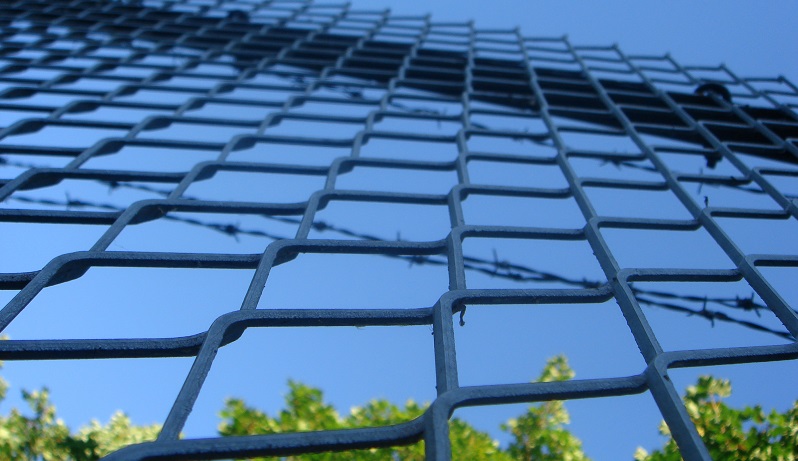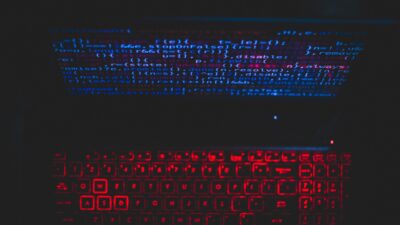Sydney Business Insights

TFTW on: Why aren’t we prepared to rethink prisons?
Future crime and punishment
AI is opening up the opportunity for innovative penalties in the criminal justice system. Swinburne University’s Technological Incarceration Project has imagined a ‘virtual prison’: Home detention where prisoners are fitted with an AI-powered ankle bracelet capable not only of detecting if the person is reoffending, but taking the next step into predicting what the wearer could get up to – and if necessary incapacitating them to prevent a future crime.
Profitable prisons
With prisoner numbers on the rise, prisons are one unfortunate growth industry with no winners – apart from the private companies who profit on the back of incarcerated labour. The US has the largest per capita prison population in the world – 2.3 million people, 7% of the total population. Australia has more than 40,000 people in prison, almost double the number from just 10 years ago. More than 20% of Australia’s prisoners are locked up inside privately-run institutions – where many of them also carry out menial work for very low rates of pay. In the US prisoners can work for some very large corporations – IBM, Motorola, Microsoft, AT&T – on slave wages, according to the Centre for Research on Globalization.
And there’s the rub
Prisons are big business and with a burgeoning profit-driven model, there is limited political and social incentive to back technological solutions to crime and punishment.
An open and shut case
Time to shut the gate on the for-profit incarceration regime.
Listen to Sandra and Kai discuss this story on The Future This Week
To hear this story and more you can subscribe to our podcast on iTunes, Spotify, Soundcloud, Stitcher, Libsyn or wherever you get your podcasts. You can follow us online on Flipboard, Twitter, or sbi.sydney.edu.au
Sydney Business Insights is a University of Sydney Business School initiative aiming to provide the business community and public, including our students, alumni and partners with a deeper understanding of major issues and trends around the future of business.
Share
We believe in open and honest access to knowledge. We use a Creative Commons Attribution NoDerivatives licence for our articles and podcasts, so you can republish them for free, online or in print.







